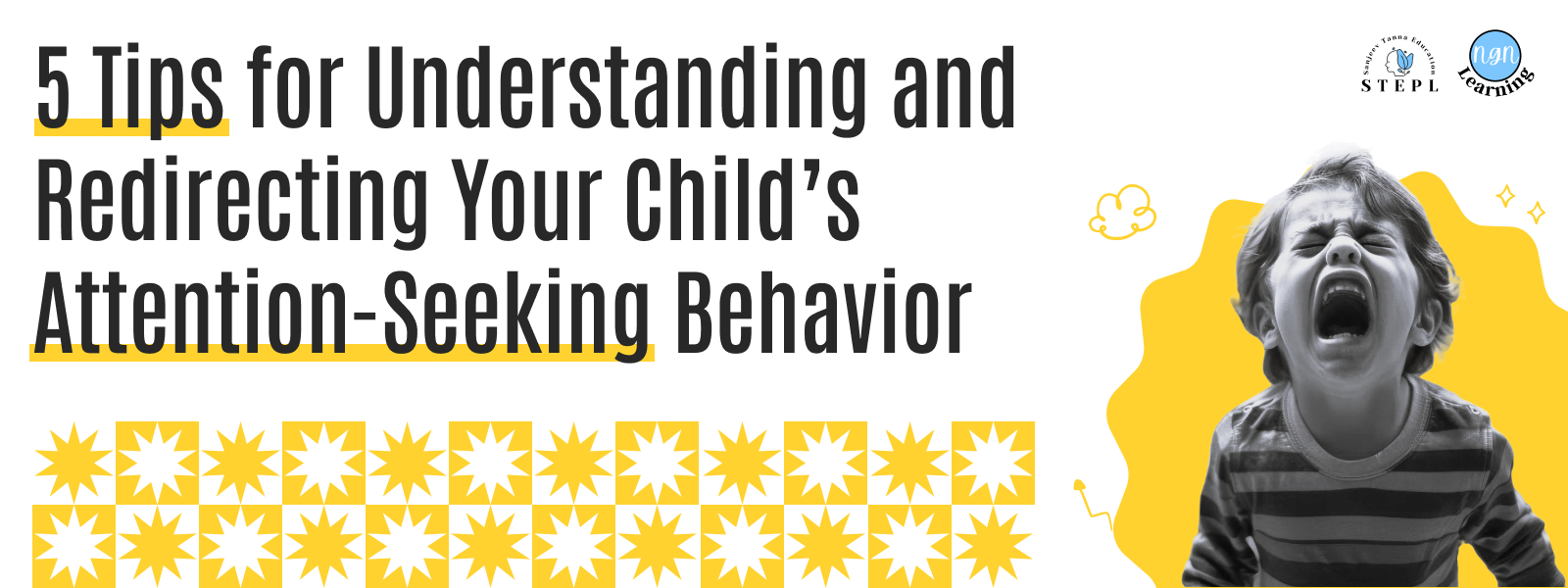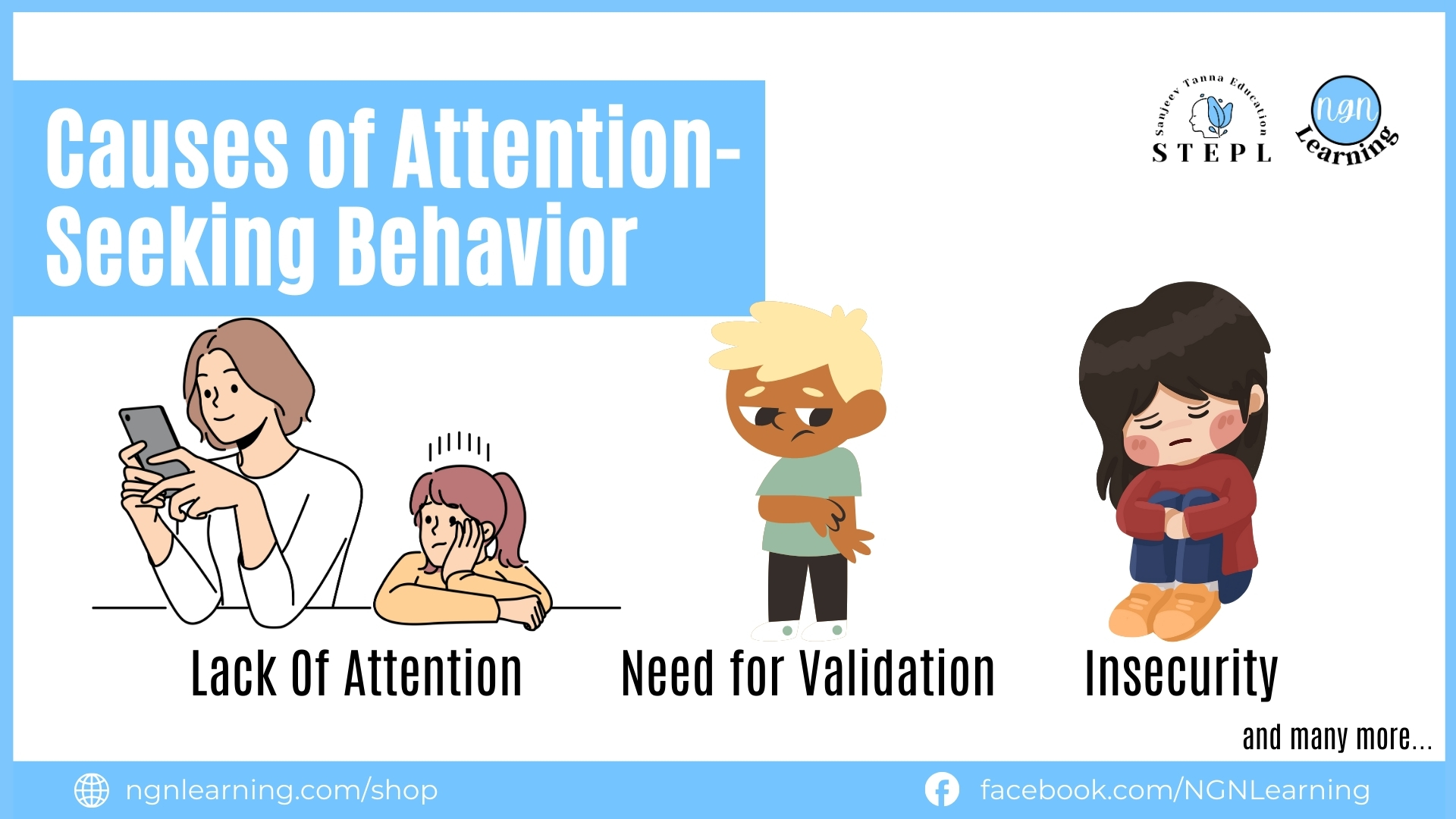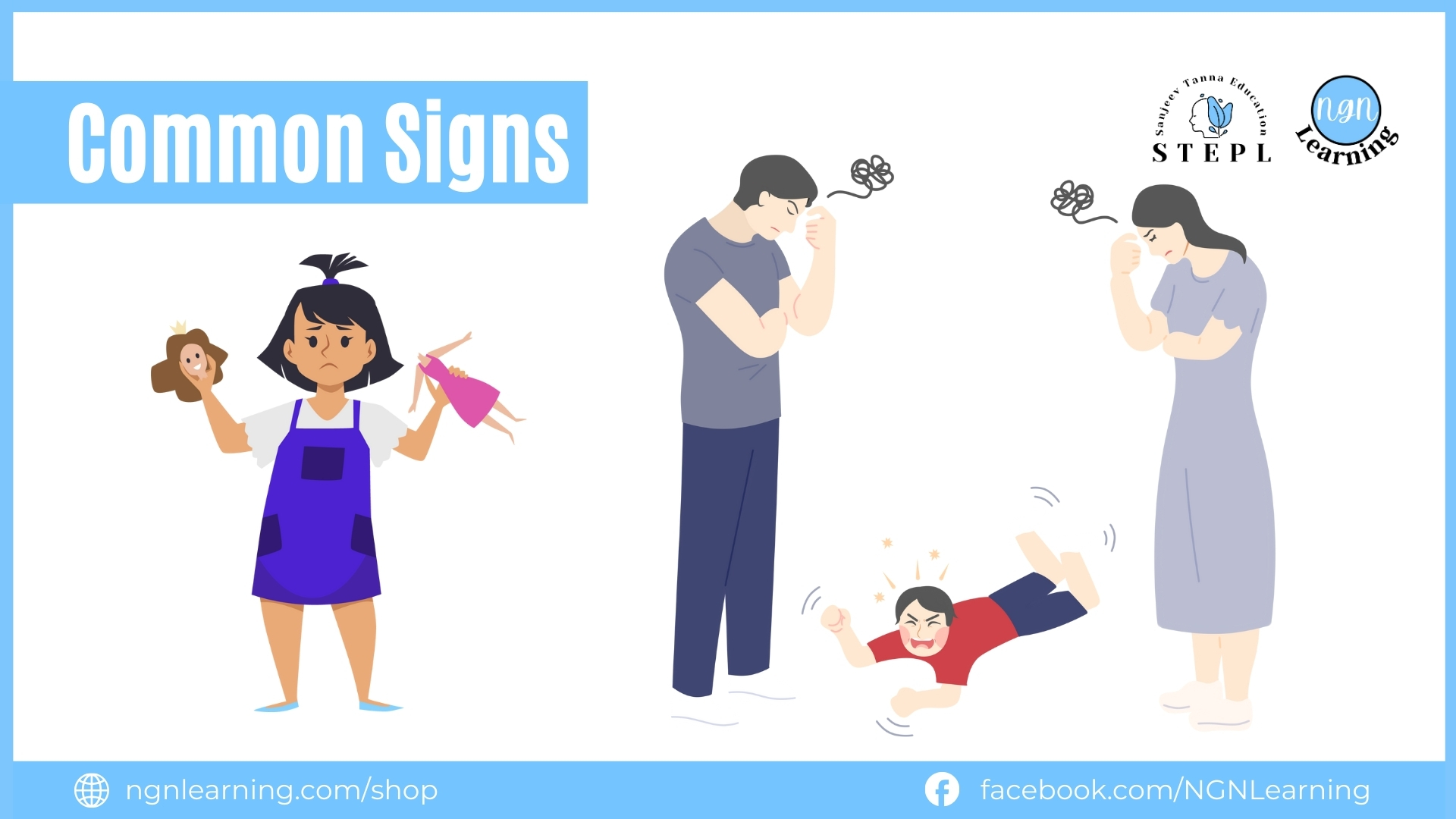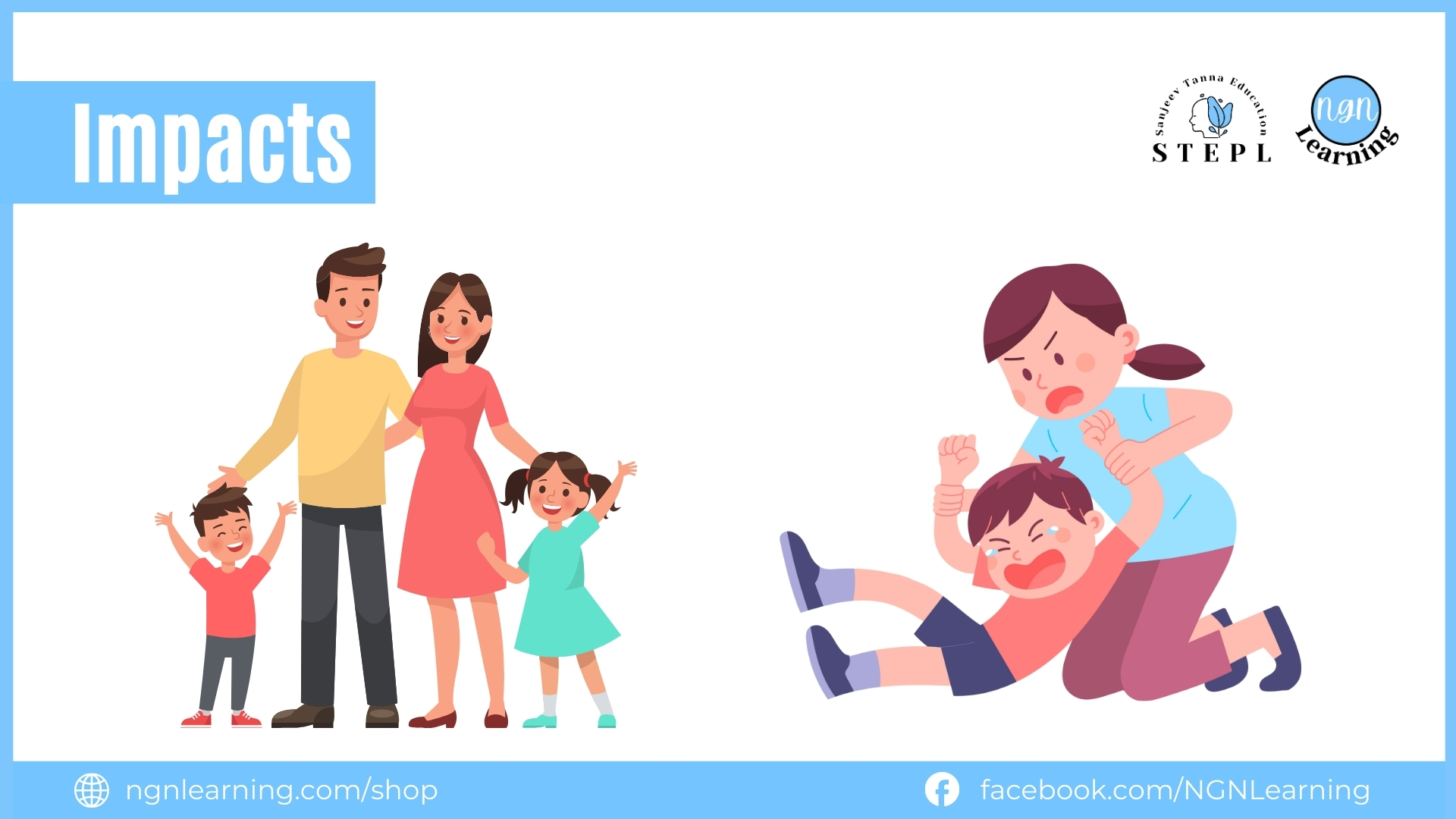5 Tips for Understanding and Redirecting Your Child’s Attention-Seeking Behavior
From birth, children start forming attachments to attention. As they grow, they may exhibit attention-seeking behaviours similar to those they showed as infants. These behaviours, such as seeking approval or wanting to be the centre of attention, can be frustrating for both parents and children.
Children often seek attention to communicate their needs and emotions. Understanding the underlying causes and impacts of this behaviour is crucial for parents to effectively redirect it positively. Here, we’ll explore common causes, and potential impacts, and provide strategies along with case examples to help you navigate attention-seeking behaviours in your child.
Psychologists John Bowlby and Mary Ainsworth discovered that babies form attachment styles with their parents or caregivers from birth. When a child’s emotional needs are consistently met early on, they often develop secure attachments and show fewer attention-seeking behaviours as they grow older. On the other hand, children whose emotional needs are unmet during infancy are more likely to engage in more dramatic behaviours.
- Lack of Attention: Children may seek attention if they feel neglected or if they perceive that their needs are not being met.
- Need for Validation: They may crave recognition and validation for their efforts and achievements.
- Insecurity: A child may feel insecure or anxious and seek reassurance through attention.
- Imitation: They may imitate behaviour they observe in others, including siblings or peers who receive attention.
- Developmental Phase: Certain developmental stages, particularly in toddlers and adolescents, naturally involve increased attention-seeking as they navigate their growing independence and self-identity.
Common Signs of Attention-Seeking Behavior
- Yelling, screaming, whining, or raising their voice
- Ignoring or defying parents or caregivers
- Interrupting conversations or activities
- Running away or hiding
- Destroying items, either intentionally or unintentionally
- Lying or exaggerating stories
- Displaying physical aggression, such as hitting, kicking, pushing, or shoving
Impacts of Attention-Seeking Behavior
- Positive Reinforcement: If the attention-seeking behaviour is met with positive reinforcement, it can perpetuate the behaviour.
- Negative Reactions: Responding negatively can exacerbate feelings of insecurity or anxiety, potentially leading to more problematic behaviours.
- Academic and Social Challenges: Persistent attention-seeking can affect academic performance and peer relationships, as the child may struggle to focus or interact appropriately.
- Emotional Well-being: Unaddressed attention-seeking can impact a child’s self-esteem and overall emotional health.
If these behaviours sound familiar, you’re not alone. Many parents encounter these challenges as children navigate their emotional and social development. It can be frustrating and exhausting, but understanding that these actions are often a child’s way of communicating their needs or feelings is crucial. Reflect on your experiences: Have you noticed these behaviours in your child? Recognising the signs is the first step in addressing the underlying issues and helping your child develop healthier ways to seek attention.
Let’s look at a few Next Generation Nation’s (NGN) Learning strategies to help redirect your child’s attention-seeking behaviours.
1. Positive Reinforcement of Desired Behaviors
- Case Example: Lysa, a 6-year-old, constantly interrupted her parents during conversations. Her parents decided to acknowledge her politely when she waited her turn. Over time, Emma learned that she received positive attention for her patience, reducing her interruptions.
2. Set Clear Boundaries and Expectations
- Case Example: Rohan, a 10-year-old, sought attention by acting out in class. His teacher and parents collaborated to set clear expectations and consequences for his behaviour. They also praised him when he adhered to the rules, helping him understand acceptable ways to seek attention.
3. Spend Quality Time Together
- Case Example: Lisa, an 8-year-old, felt neglected due to her parents’ busy schedules and began throwing tantrums. Her parents made a conscious effort to spend more quality time with her, such as reading together or engaging in her favourite activities, which significantly reduced her attention-seeking outbursts.
4. Teach and Encourage Communication Skills
- Case Example: Nitin, a 5-year-old, would whine to get his mother’s attention. His mother taught him to use words to express his needs instead of whining. She praised him when he communicated effectively, which gradually decreased his whining.
5. Model Appropriate Behavior
- Case Example: Sarah, a 12-year-old, often sought attention through dramatic outbursts, mirroring her older brother’s behaviour. Her parents discussed and modelled calm and respectful communication, setting an example for Sarah to follow. They also provided attention when she expressed herself calmly, reinforcing the desired behaviour.
Understanding and addressing attention-seeking behaviour in children requires patience and consistency. By recognising the causes and signs, and applying effective strategies, parents can guide their children toward healthier ways of seeking attention. Positive reinforcement, clear boundaries, quality time, communication skills, and modelling appropriate behaviour are key to helping children develop self-confidence and emotional resilience. Through these efforts, children can learn to seek attention in constructive ways, fostering better relationships and overall well-being.
While occasional attention-seeking behaviour is normal for children, persistent, worsening, or harmful behaviours may indicate a need for professional help.











